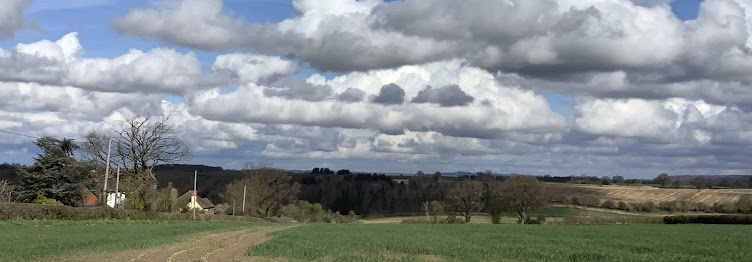Rummaging around in a box the other day, I came across these old menus. They are programmes for three Masonic dinners and they tell an interesting tale
The earliest programme is dated July 1902. It is beautifully printed with blind embossing, a satin ribbon and an insert. The menu, by today's standards, is breath takingly sumptuous, worthy of 'Downton Abbey' at its finest, but not really surprising, as this dinner was held just a year after the death of Queen Victoria and the Victorians did love their food.
The starters consist of mayonnaise of salmon, fillets of sole and lobster salad. The main courses offer a choice of galantine of veal, roast chickens, hams, tongues, galantines of chicken, small aspics (various), pigeon pies, dressed beef, veal and ham pies, roast lamb, veal and ham patties, salads, peas and potatoes. Moving on to the third course, we have wine jellies, fruit jellies, chocolate eclairs, charlotte russe, strawberry creams, vanilla creams and fancy pastry. If that wasn't enough, there were the usual cheese, butter and biscuits and finally a rather anonymous 'dessert'. Just in case one hadn't consumed enough chocolate eclairs.
After the many toasts, one could settle down to the after dinner entertainment, which was very much of the parlour singing kind, consisting of eight songs with accompaniment, by the Cecilia Quartette and others. As well as the national anthem and a song from a Gilbert and Sullivan opera (I think it is the Mikado), we have 'Keys of Heaven' 'The Country Dance' and appropriately, 'Good night Beloved'. I imagine that after the weight of the table offerings earlier, a few people might have quietly nodded off during the recital.
Moving on to November 1934 - post WW1 and pre WW2 - the programme is another work of art with more blind embossing, gold ink, silver ribbon and an insert. The menu however, is a little more restrained. There are general hor d'oeuvres, soups - mock turtle and consomme - a fish course of halibut and mornay (which is a white cheese sauce and spelt 'Morny on this menu), then braised sweetbreads with mushrooms, roast pheasant, game chips and seasonal vegetables. Finally there is ice pudding, charlotte russe, cheese straws, celery, another anonymous dessert, coffee and cream.
After the toasts, the entertainment seems to have been provided by selected 'brothers' - one at the piano and the other three presumably singing.
So we move on the final programme, dating from December 1948. This is a much humbler event. The programme is simply printed on one sheet of card and the menu is in keeping with the rationing that was still going on in Britain, though I suspect that it was quite a feast compared to most people's living standards.
Sparse by comparison to the previous menus, 1948 offered vegetable soup, roast guinea fowl, bread sauce, sausages, roast potatoes and Brussels sprouts, finished off with fruit salad, ice cream, and coffee.
After a modest amount of toasting, the after dinner entertainment was very much of its time; dancing to Fred Parry and his orchestra. How times had changed.










